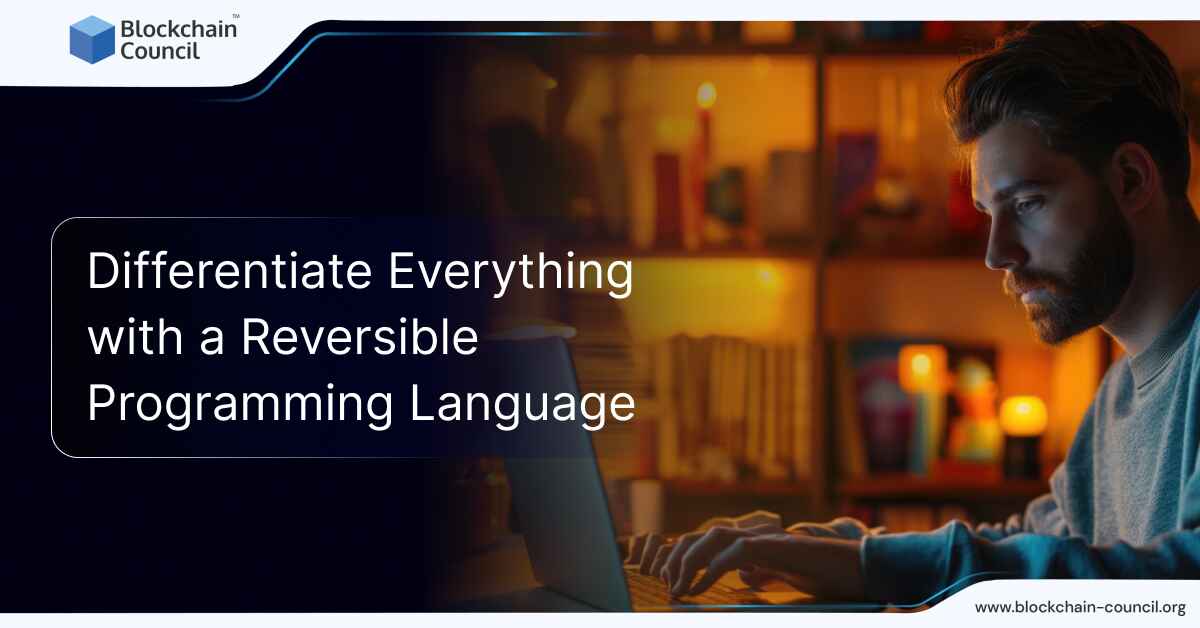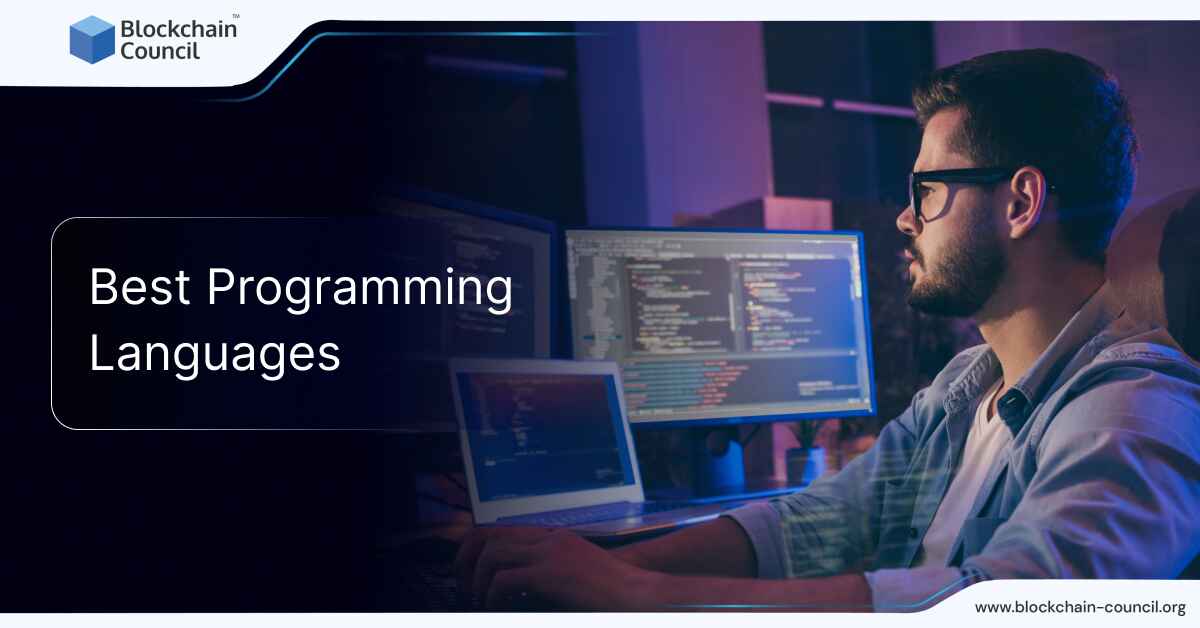
- Blockchain Council
- January 14, 2025
Reversible programming languages are gaining attention in the field of automatic differentiation (AD). These languages provide a unique approach to solving computational problems, offering efficiency in time, space, and energy consumption. Reversible computing allows programs to execute in both forward and backward directions, which simplifies the process of tracing back computational states.
Understanding Reversible Programming
Reversible programming languages, unlike traditional ones, allow computations to be performed in reverse. This means that every operation can be undone, making it possible to retrieve previous states without additional overhead. This characteristic is beneficial in automatic differentiation, where tracing back steps is crucial.
Advantages of Reversible Programming in AD
Memory Efficiency
Traditional AD methods often face significant memory overhead due to the need to store intermediate states for backpropagation. Reversible programming reduces this overhead by enabling bidirectional execution, eliminating the need for explicit stack operations. This leads to more efficient memory usage, especially in large-scale computations involving sparse matrices and linear algebra.
Energy and Time Optimization
Reversible languages provide the flexibility to balance time, space, and energy consumption. This is particularly advantageous in scenarios where resources are limited or costly. By reducing the need for data caching and re-computation, reversible programming can achieve state-of-the-art performance in AD tasks, making it suitable for real-time applications and energy-efficient computing.
ICLR Differentiate Everything with a Reversible Programming Language
NiLang is an example of a reversible embedded domain-specific language (eDSL) implemented in Julia. It supports high-performance AD by allowing users to obtain gradients and Hessians for various mathematical functions. NiLang’s compatibility with Julia’s ecosystem enables seamless integration with existing tools and libraries, enhancing its utility in scientific programming. The study can be analyzed in detail on the ICLR Differentiate Everything with a Reversible Programming Language paper.
Source-to-Source AD
NiLang translates source code into an intermediate representation that supports both forward and reverse execution. This approach allows for efficient gradient and Hessian calculations, which are necessary for optimization tasks in machine learning and other fields.
Performance
Benchmarks have shown that NiLang’s AD framework outperforms many traditional AD frameworks in terms of both speed and memory efficiency. This performance is crucial for applications that require real-time computations and large-scale data processing.
Sparse Matrix Operations
One of the key applications of NiLang is in handling sparse matrix operations. Sparse matrices are common in scientific and engineering computations, and efficient handling of these matrices is crucial. NiLang optimizes these operations by leveraging reversible programming, resulting in reduced memory usage and faster computation times.
Machine Learning Applications
Machine learning models often require efficient differentiation of complex functions. NiLang’s ability to differentiate general programs makes it an excellent choice for implementing machine learning algorithms. It allows for the effective training of models by providing accurate gradients, which are essential for optimization processes.
Practical Applications
The integration of reversible programming languages in AD frameworks opens up numerous possibilities across various domains:
- Machine Learning: Reversible languages can significantly improve the efficiency of training deep neural networks by reducing memory usage during backpropagation.
- Scientific Computing: In fields like computational physics and bioinformatics, reversible programming languages streamline the computation of gradients and Hessians, which are essential for parameter estimation and optimization.
- Financial Modeling: For complex financial derivatives and risk assessments, AD with reversible programming languages offers precise and efficient computation of sensitivities.
- Sparse Matrix Operations: NiLang has demonstrated high performance in handling sparse matrices, which are common in scientific and engineering computations. The ability to differentiate through sparse matrix operations efficiently opens up new possibilities for optimization and modelling.
Challenges and Future Directions
While reversible programming and its application in AD offer numerous benefits, several challenges need to be addressed for broader adoption:
Instruction and Hardware Constraints
Despite its advantages, reversible programming faces challenges with instruction and hardware constraints. Designing hardware that supports reversible operations efficiently is still an ongoing research area. Moreover, ensuring that reversible programs are free from rounding errors and other computational inaccuracies requires meticulous design and testing.
Broader Adoption
Reversible programming needs to gain broader acceptance within the programming community for it to become mainstream. This involves not only demonstrating its technical benefits but also providing comprehensive tools and documentation to make it accessible to developers. Efforts to standardize reversible programming practices and integrate them into popular programming environments are crucial for its widespread adoption.
Complexity of Implementation
Writing and debugging reversible programs can be more complex than traditional programming. Tools and frameworks that simplify this process are essential for widespread adoption.
Scalability
Ensuring that reversible AD frameworks can scale to handle the massive datasets and complex models used in modern applications is a significant challenge. Ongoing research aims to address these scalability issues.
Conclusion
Reversible programming languages offer a promising solution to many challenges in automatic differentiation. By enabling bidirectional execution, they optimize memory usage, time, and energy consumption, making them suitable for various scientific and engineering applications. While there are challenges to overcome, the potential benefits make reversible programming an exciting area for future research and development. With continued advancements and broader adoption, reversible programming could transform how we approach complex computational problems.





































































 Guides
Guides News
News Blockchain
Blockchain Cryptocurrency
& Digital Assets
Cryptocurrency
& Digital Assets Web3
Web3 Metaverse & NFTs
Metaverse & NFTs
